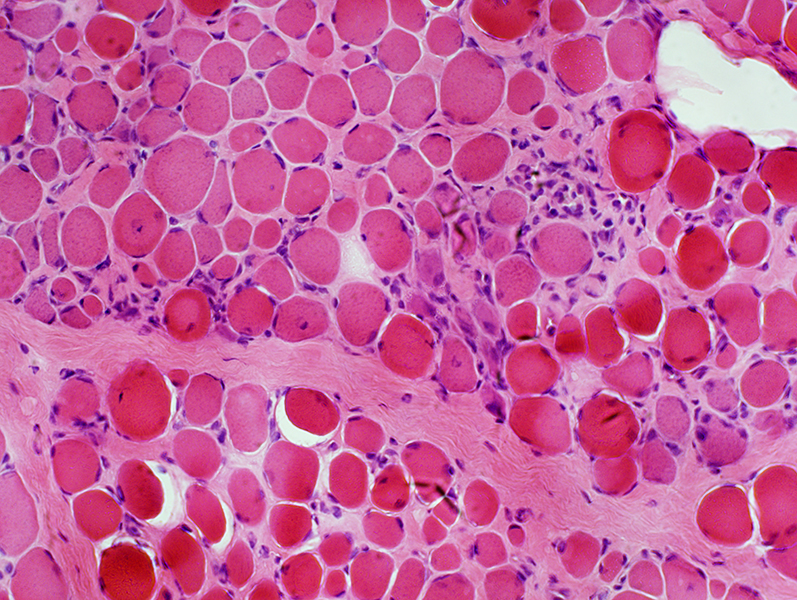

The condylar width and condylar height asymmetry index in different age groups was statistically significant (P<0.05). The radiographic bone changes are most commonly observed in older age groups. The prevalence of changes in condylar bone changes was more in individuals above 50yrs as compared to those below the age of 40 yrs. The difference between age groups in relation to frequency of right condylar morphology was statistically significant (P<0.05). Results: The angled shape was most frequent morphology among asymptomatic subjects in this study. Parameters were recorded and analyzed using chi-square test, paired, independent t-tests and 1-way anova analysis. Digital OPG images were analyzed using Digora PCT software. Methods: The present study was done on sample size of 250 patients consisting of 5 groups according to age: 20-29, 30-39, 40-49, 50-59 and 60-69 years, 50 patients each (25 males and 25 females). Hence the present study was proposed to evaluate the prevalence of condylar bone changes among healthy adult Indian population with no complaints of TMDs & correlation with age, gender and dental condition. Several studies on bone changes in patients with TMDs are conducted but limited literature exists on prevalence of bone changes in condyles of asymptomatic TMJs. Introduction: The TMJ undergoes remodeling throughoutlifetime. Keywords: Mandibular condyle, CBCT, shape, size, Anteroposterior (AP), Mediolateral (ML) Condylar length was significantly greater among males and gradually decreased in size with age.

There was an obvious decrease in length and width with age in both genders. The morphology of the mandibular condyle was subject to significant linear age-related changes in shape and size with no significant gender differences. The most predominant and statistically significant shape in both right and left condyles was convex (P 0.05). The shapes of the condyles varied between convex, round, flat and angled. There was a considerable variation in shape and size of the condyles among males and females with age. Radiographic evaluation of the bilateral condylar heads shape and size were measured on CBCT images and statistically analyzed using SPSS 22.0. This research aimed to assess the structural and morphological variations in shape and size of the condylar head with age and gender in a sample of Saudi population. Condylar shape alone is not an indicator of TMD, and minor condylar discrepancies may have no significance in TMD. Morphological condylar abnormalities are present on panoramic images in all adult age ranges, regardless of status of the dentition or presence of TMD. There was no difference in condylar morphology between patient groups, but mild condylar change was prevalent in all age groups, regardless of TMD status. Intrarater reliability demonstrated substantial agreement, while inter-rater reliability was fair. Multiple statistical tests were performed to evaluate the accumulated data. The images were cropped to include only the temporomandibular apparatus and were independently evaluated by three examiners without knowledge of the patient's clinical status. One hundred panoramic radiographs were randomly selected from a hospital clinic (45 TMD and 55 non-TMD patients). Panoramic radiography was used to determine (1) intrarater and inter-rater reliability in assessing temporomandibular joint (TMJ) condylar morphology (2) alteration in condylar shape in patients with temporomandibular disorders (TMD) and controls when matched by age, gender, and state of dentition and (3) prevalence of condylar abnormalities in individuals with and without TMD.


 0 kommentar(er)
0 kommentar(er)
